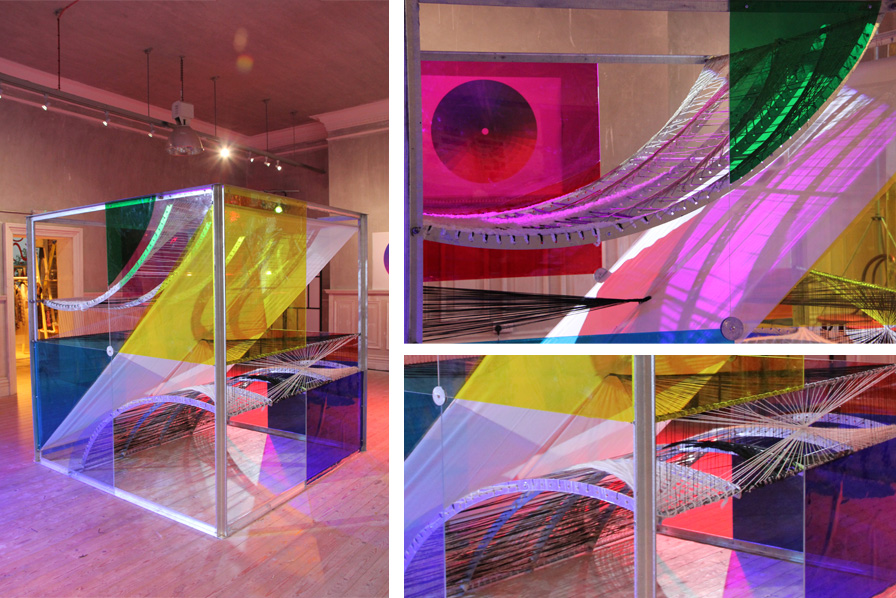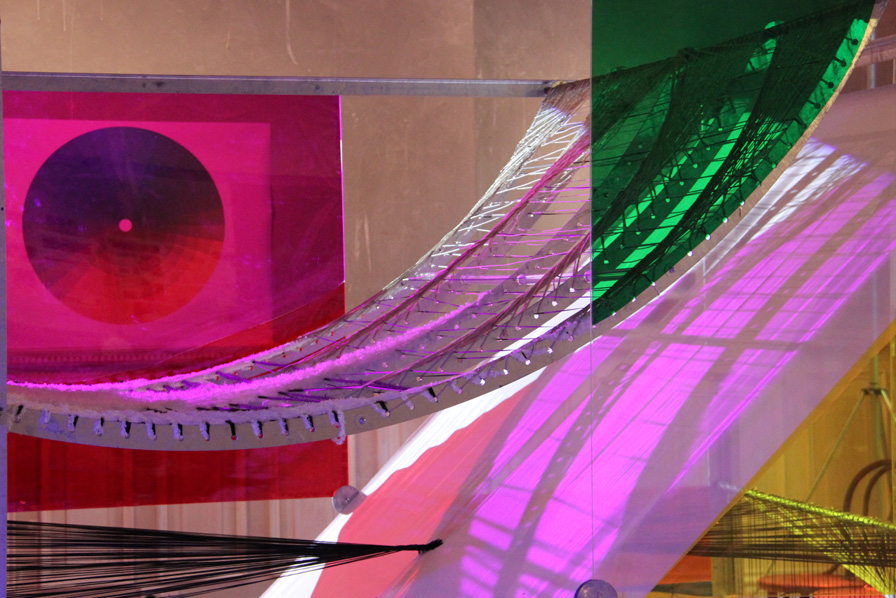We’re In FX Magazine Nov 2013


19/12/2013
Categories:
Wendy Marshall, interior designer at MRA Architecture and Interior Design, writes for the November edition of FX Magazine. In Art & Retail: Future Directions, Wendy looks at how fashion retailers are increasingly using art to add value and create exciting retail environments. Here's the article in full: Of course retailers have always incorporated art and employed a sense of the theatrical to encourage customers to enter their stores, linger and buy. Recently however there has been a gathering of pace in the use of art installations to create impact, narrative and merchandising opportunities. This is partly due to the excellent work of high-street retailers, such as Top Shop and Gap, whose visual presentation has caught up dramatically with that of the high-end retailers, which in turn have looked for ways to further differentiate themselves from the high street. Art is a means by which retailers can firmly place themselves in the next 'bracket' up. By using artwork to be attractive to, and understood by, their audience, they can offer a cultural reference as a means of identifying with the brand - a 'snob value' if you like. Much time and money has been spent on careful association with artists who can bring celebrity, complement a brand's values, or bring an added dimension by allowing, for example, the brand to express its playful side. The collaboration between Hermès and Tokujin Yoshioka, at Maison Hermès in Tokyo, displayed the iconic Hermès scarf suspended in front of a screen showing an image of a woman blowing gently, thereby creating the illusion that her breath was causing the scarf to sway. This captivating display allowed Hermès to engage with the passer-by, injecting a note of fantasy and humour. Such installations recognise the need to entice shoppers away from their computer screens and out of their homes by offering experiences that can complement, but cannot be achieved through, internet shopping. The Louis Vuitton artistic collaboration with Yayoi Kusama to create a concept store at Selfridges (London) featured Kusama's obsessional polka dot patterns, creating a spectacle that was a destination in itself. The gallery-like environments of high-end stores, where products are displayed as museum pieces that people can actually buy, further underscores the interplay between art and fashion. The desirability of luxury products, already elevated to cultural artefacts by their own beauty, low-densities and sophisticated display, is further enhanced by their proximity to and identification with works of art. With these trends in mind, MRA recently set a project brief to MA students studying fashion merchandise management at Southampton Solent University to investigate art installation in retail design. The students researched the connection between retail and art practice and then developed their own installations, using curve stitch as the base technique. The students pitched ideas to develop as a 3D installation. After much deliberation, they settled on the theory of product development and customer satisfaction, developed by Professor Noriaki Kano in the Eighties, as their inspiration. Student Bianca Jutaru, who headed the project on behalf of the students, explains: 'Using colour as an emotive element and curve stitch to represent the flow from dissatisfaction to satisfaction, the artwork captured the sculptural qualities of curve stitch and expressed Kano's ideas in a fresh, striking and playful manner.' The installation went on show, first in Southampton and then at Viabizzuno in Great Titchfield Street, London in February, to tie in with London Fashion Week 'The result was a wonderfully crafted and thought-provoking outcome,' comments Anshu Srivastava, managing director of MRA, 'but most importantly the process was a success, and for us the main pleasure was to witness and help mentor the artistic process itself.'